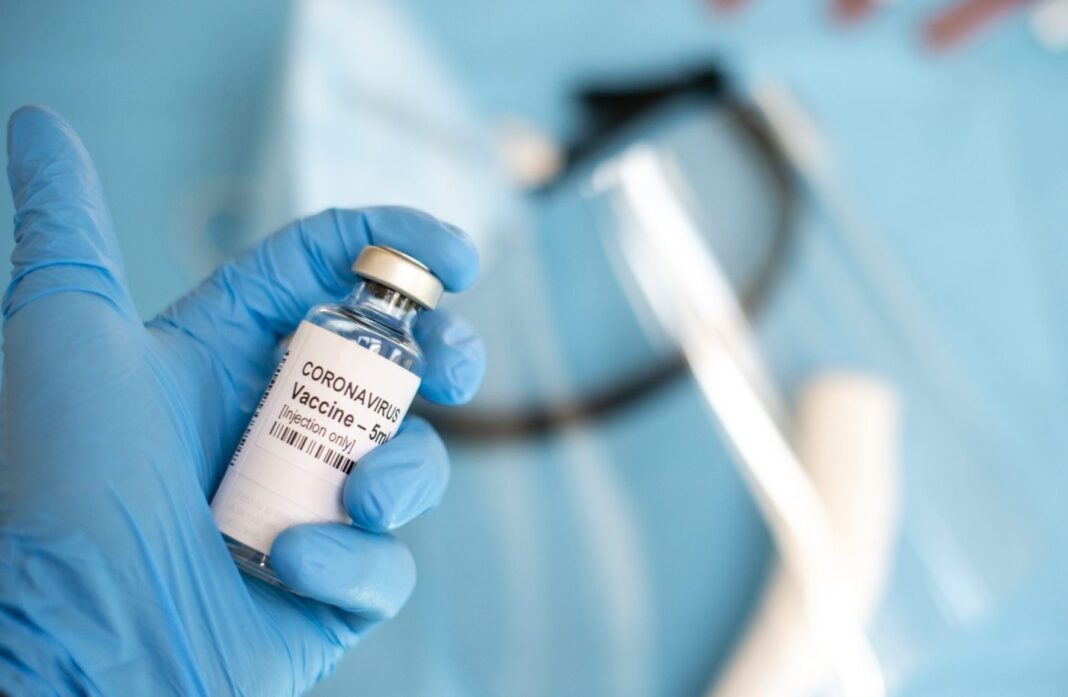COVID-19 saw the pharma industry embrace new vaccine manufacturing platforms with mRNA being the obvious example. The pandemic also kick-started a debate about the most effective way to rapidly mass produce protective shots in future health emergencies.
Now a new study by U.K. researchers suggests that setting up capacity to make RNA vaccines in the event of another outbreak would be the best approach in terms of cost, volume, and speed-to-market.
The team compared mRNA vaccine technologies, which are used to make Spikevax and Comirnaty, with self-amplifying RNA systems like those being studied by Imperial College London and platforms that use adeno-associated virus (AAV) vectors.
In terms of overall manufacturing cost, the RNA-based platforms won out, says Zoltan Kis, PhD, from the department of chemical and biological engineering at the University of Sheffield.
“RNA and especially saRNA vaccine production has lower capital cost compared to AVV vaccine production. The operating cost is highest for mRNA, followed by AVV, followed by saRNA,” Kiss notes. “The major cost drivers for mRNA and saRNA vaccine production are the raw material costs. The AVV platform requires a larger facility footprint, and the major cost components are the facility-related costs.”
Productivity
The study also tried to gauge which technology could produce the largest number of vaccine doses (factoring in the required footprint) in the shortest time. Again, the RNA-based platforms had the edge.
“Volumetric productivity was highest for saRNA at 731m doses/L of reaction mix/year, followed by mRNA at 37 million doses/L of reaction mix/year, followed by AVV at 154k doses/L of culture/year,” according to Kis. “Thus, the production scales required to produce a certain number of doses is the smallest for saRNA, followed by mRNA, followed by AVV.”
The researchers also compared production speed at commonly used scales, such as a 2000L bioreactor working volume for AVV, 30 L volume for mRNA, and five L volume for saRNA, to try and identify the optimal setup.
And here too the RNA-based processes were the most effective.
“In a facility with a single production line at the scales described, the AVV platform is predicted to require by far the longest time for producing one billion vaccine doses…The saRNA platform is predicted to be the fastest, followed by the mRNA platform,” says Kis.
The aim of the study was to provide insights to policymakers and vaccine manufacturers for asset utilization, directions for future technology improvements, and pandemic preparedness.
All three platforms could be optimized, says Kis.
“The overall productivity, expressed in doses produced per year of the mRNA and saRNA platforms can be best improved by reducing the amount of RNA per dose,” Kis explains. “The mRNA and saRNA vaccine platforms are newer technologies with a limited number facilities and experts capable of producing these vaccines; therefore, this is a limitation for scaling out mRNA and saRNA vaccine production.
“The overall productivity of the AVV platform can be best improved by scaling up the processes further and by increasing the production titres.”
In terms of policy, RNA-based vaccine technologies should be the focus, says Kis.
“The production of AVV vaccines is associated with high fixed costs and lower variable costs. On the other hand, the production of mRNA and saRNA vaccines is associated with low fixed costs and higher variable costs,” continues Kis. “This implies that it is more cost-effective to maintain mRNA and especially saRNA-based surge capacity during non-pandemic times.”


